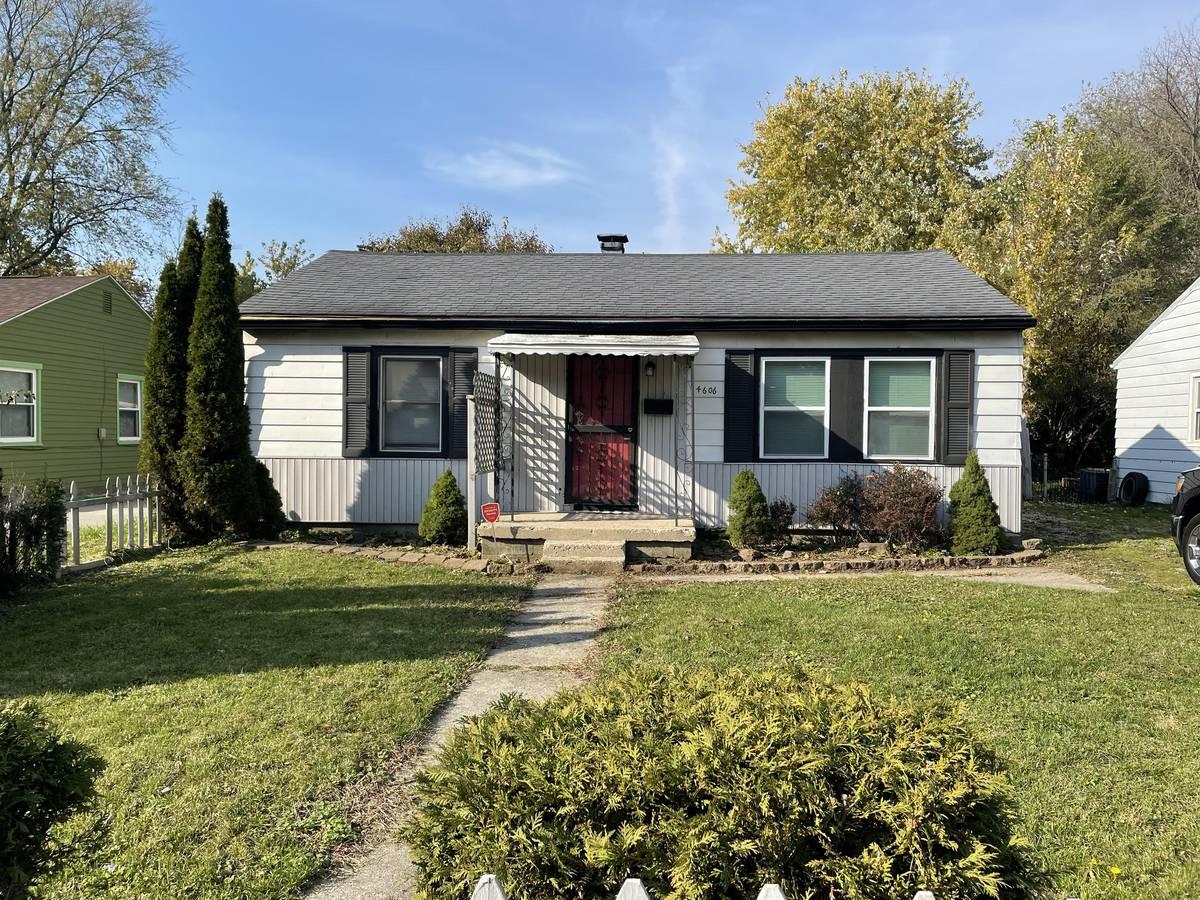As a real estate investor, it’s crucial to diversify your portfolio and explore different rental opportunities. One often overlooked segment is midterm rentals (MTRs), which can provide consistent cash flow and low vacancy rates. But what exactly are midterm rentals, and why should investors consider them?
What are midterm rentals?
Midterm rentals, also known as corporate housing or temporary housing, are fully furnished properties rented for periods ranging from one to six months. They fill the gap between short vacation stays and long-term leases of a year or more.
The demand for midterm rentals
There is a significant demand for midterm rentals from various demographics, including:
- Corporate Transferees and Extended Business Travelers
Companies often need to relocate employees or hire temporary contractors for projects lasting several months. MTRs provide a comfortable, home-like environment for these corporate stays. - Renovation Displaces
Homeowners undergoing major renovations or construction may need to temporarily vacate their properties for several months, driving demand for midterm housing solutions. - Transition Periods
Life events like divorces, relocations, or selling a home can create a need for transitional housing until more permanent arrangements are made. - Extended Travelers and Digital Nomads
The rise of remote work has led to an increase in extended travelers and digital nomads seeking comfortable, extended-stay accommodations as they explore new destinations.
Advantages of MTRs for investors
- Higher Rental Income Potential – Midterm rentals can command higher nightly rates than long-term rentals, leading to increased revenue streams for investors.
- Lower Turnover and Vacancy Rates – With longer booking periods, MTRs experience lower turnover. They also have lower vacancy rates, providing more consistent cash flow.
- Less Wear and Tear – Longer-term tenants tend to treat properties with more care, resulting in less wear and tear compared to short-term vacation rentals.
- Diversified Portfolio – By adding midterm rentals to your investment portfolio, you can diversify your income streams and mitigate risks associated with any single rental strategy.
Key features of MTRs
As the demand for temporary housing continues to grow, savvy real estate investors should consider exploring the MTR market. With the right properties and management strategies, midterm rentals can provide a lucrative and consistent revenue stream. They also prove to be a great option for diversifying your investment portfolio.
PadSplit is the top marketplace for midterm rentals and is one of the fastest-growing companies in North America. If you want to learn more about MTRs and how you can increase your revenue, visit PadSplit.com.


